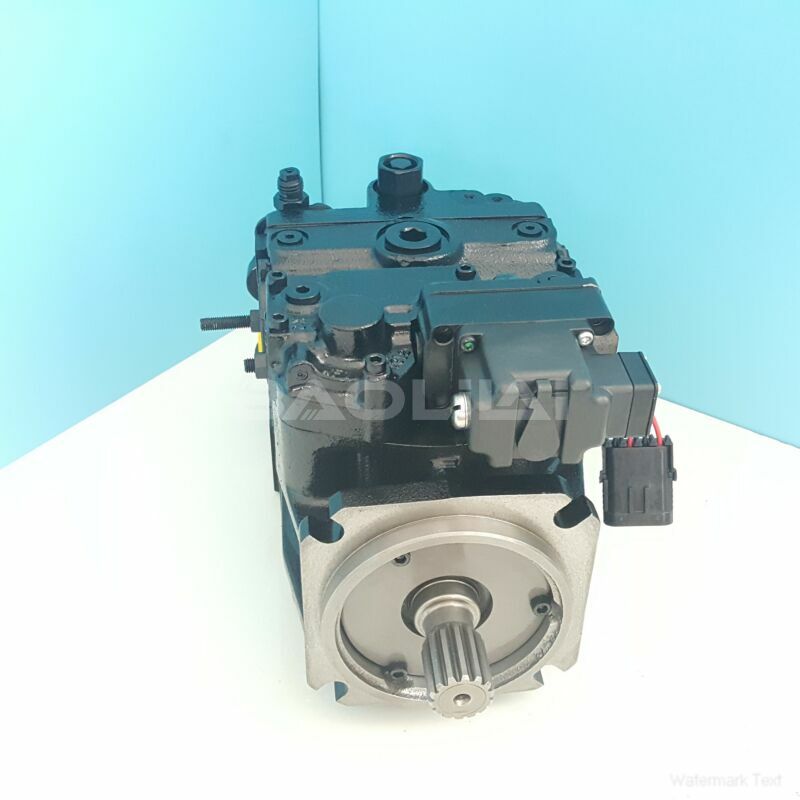90L075KA1CD80S3S1D03EBC383824 piston pump
90L075KA1CD80S3S1D03EBC383824 piston pump

- Product Details
- Applicable Scene
In the aerospace industry, the efficiency and reliability of aircraft systems are paramount. One of the critical components that contribute to this efficiency is the hydraulic pump. Danfoss, a global leader in engineering solutions, produces hydraulic pumps that are designed to meet the demanding requirements of aircraft systems. This article explores how Danfoss hydraulic pumps power various aircraft functionalities and enhance overall operational performance.
90-L-075-KA-1-CD-80-S-3-S1-D-03-EBC-38-38-24
90L075KA1CD80S3S1D03EBC383824
Hydraulic systems are essential in aircraft for controlling a range of functions, including landing gear deployment, flap and slat operations, and brake systems. These systems rely on hydraulic pumps to generate the necessary pressure to actuate various components. Danfoss hydraulic pumps are renowned for their durability, efficiency, and ability to function under extreme conditions, making them ideal for aviation applications.

80004440
One of the key advantages of Danfoss hydraulic pumps is their compact design. In the aerospace industry, every ounce of weight matters. Danfoss engineers focus on optimizing pump design to reduce weight without sacrificing performance. This lightweight feature contributes to overall fuel efficiency and enhances the aircraft’s payload capacity. By integrating advanced materials and streamlined manufacturing processes, Danfoss ensures that its hydraulic pumps can withstand high pressures and temperatures typical in aerospace environments.
Danfoss hydraulic pumps are also designed for reliability. Aircraft systems operate under stringent regulations and must consistently perform, even in adverse conditions. Danfoss invests heavily in quality control and rigorous testing procedures to ensure that its pumps fulfill these requirements. The pumps undergo various tests, including vibration and temperature cycling, to simulate real-world operating conditions. This commitment to reliability is critical, as it minimizes the likelihood of system failures that could jeopardize flight safety.





